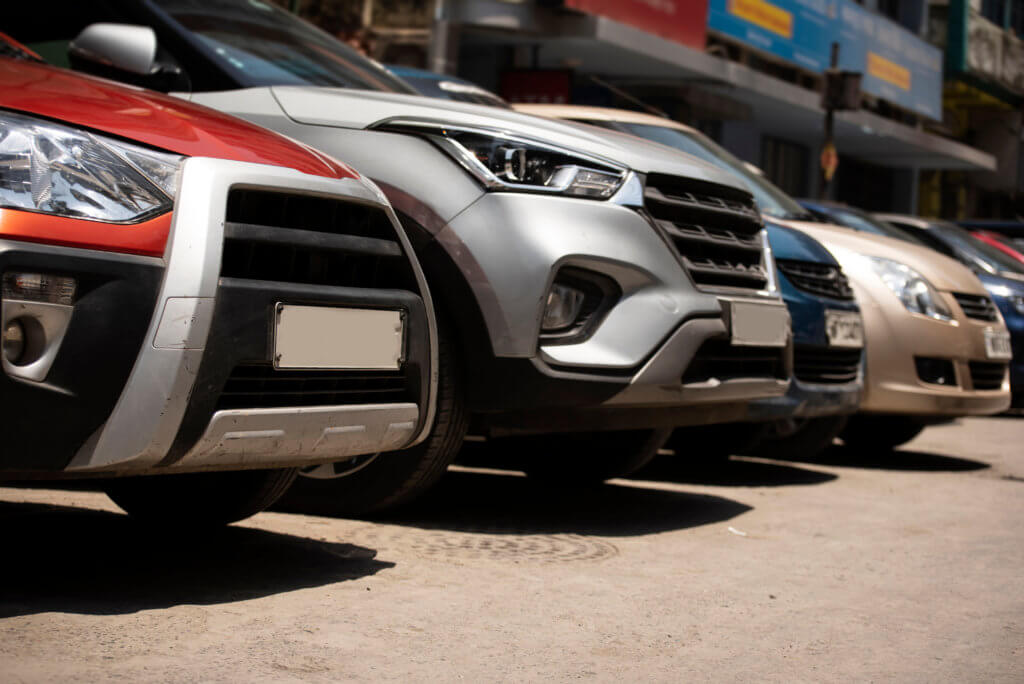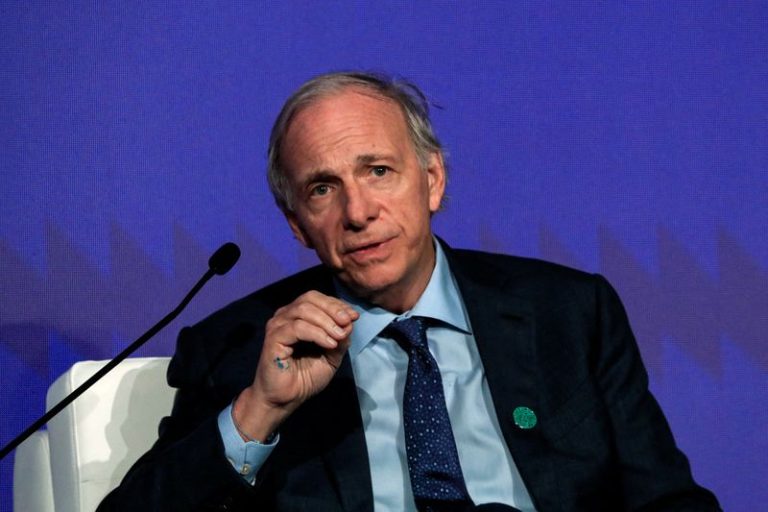India’s Light Vehicle (LV) wholesale figures for April decreased by 7% month-on-month (MoM) to 405k units, indicative of the expected seasonal decline from March. However, more notably, this marked a 5% year-on-year (YoY) increase.
Passenger Vehicle (PV) sales dipped by 9% from the preceding month, yet they exhibited a 5% YoY rise, totaling 346k units. Additionally, Light Commercial Vehicles (LCVs) with a gross vehicle weight of up to 6T reported sales of 59k units — an uptick of 2% MoM and 5% YoY.
A resurgence in the stock markets, prompted by a pause in the global tariff conflict, has reinforced consumer confidence. The festivals of Chaitra Navratri, Akshaya Tritiya, Bengali New Year, Baisakhi, and Vishu also played a role, while automakers and dealerships maintained their promotional efforts to encourage purchases.
Mirroring the seasonal pattern, retail sales of PVs and LCVs in April declined by 2% MoM to 397k units, compared to 403k units in March and 349k units in February, according to data from the Federation of Automobile Dealers Associations (FADA).
Retail sales of PVs remained unchanged compared to the previous month, partly as a result of inflationary pressures that have impacted discretionary income, along with a limited number of new model introductions.
Furthermore, retail sales of LCVs saw an 11% MoM decrease, attributable to a slowdown in e-commerce activity and intensified competition from Electric Three-Wheelers.
Consequently, PV inventory levels were substantial, with a 50-day supply at the end of April, as reported by FADA. This is consistent with the 50-55 days in March and the 50-52 days in February.
From January to April, India’s LV wholesales saw a 3% YoY improvement, reaching 1.7 million units. This figure consists of 1.5 million PVs (+4% YoY) and 240k LCVs (-1% YoY).
Looking to May, a robust agricultural cycle, along with favorable crop prices, promises a positive impact on the rural economy.
Moreover, the Reserve Bank of India’s recent bond purchases are expected to infuse excess liquidity into the banking system, FADA notes. This could potentially lead to reduced lending rates and enhanced affordability for auto loans.
PV retail sales in May are anticipated to remain stable but subdued, as consumers await new model launches and grapple with high financing costs, according to FADA.
Additionally, LCV sales may be affected by a continued slowdown in e-commerce activity and growing competition from Electric Three-Wheelers.
Although we have made minor adjustments to our 2025 LV forecast, our projection for the year’s LV sales remains at 5 million units, reflecting a 3% YoY increase.







